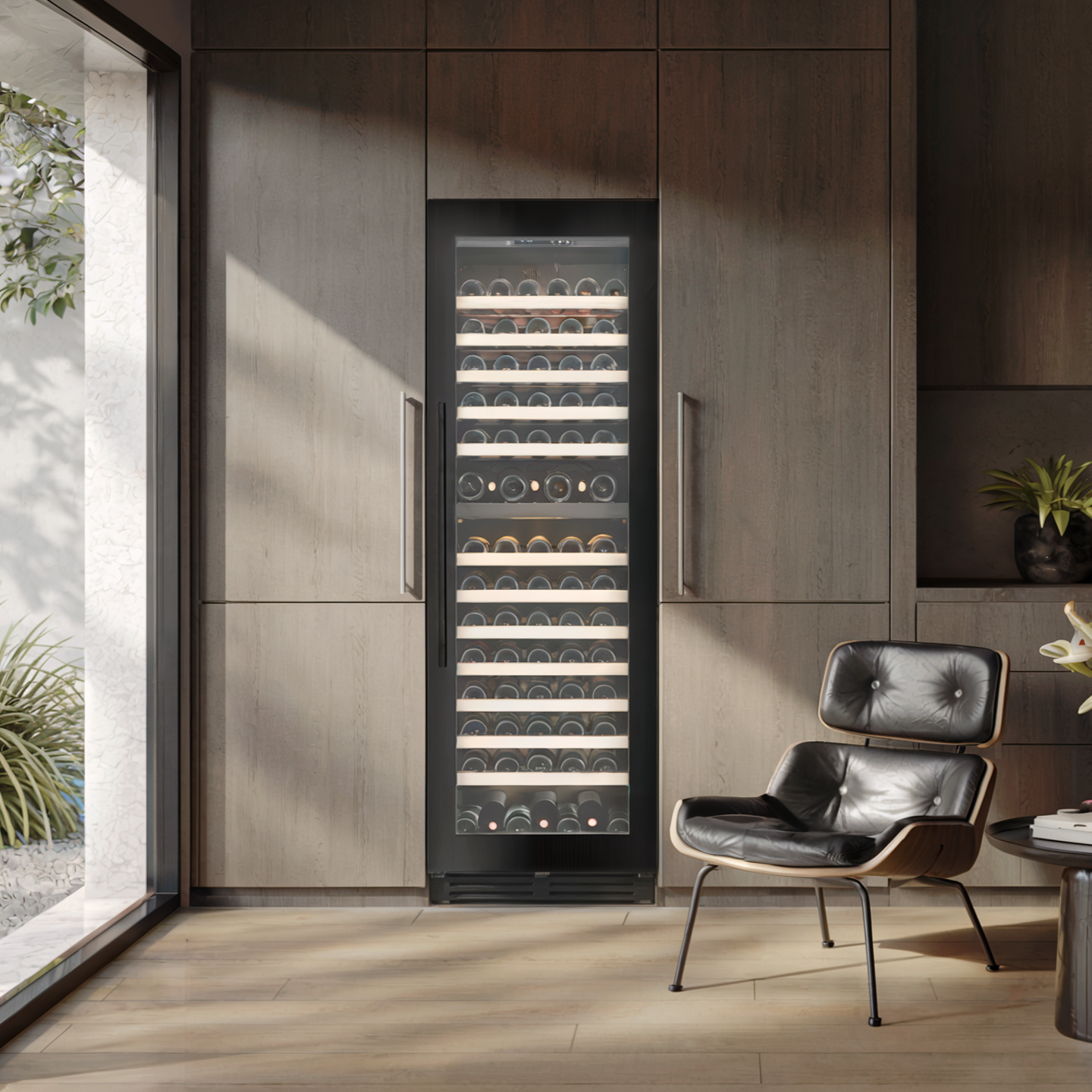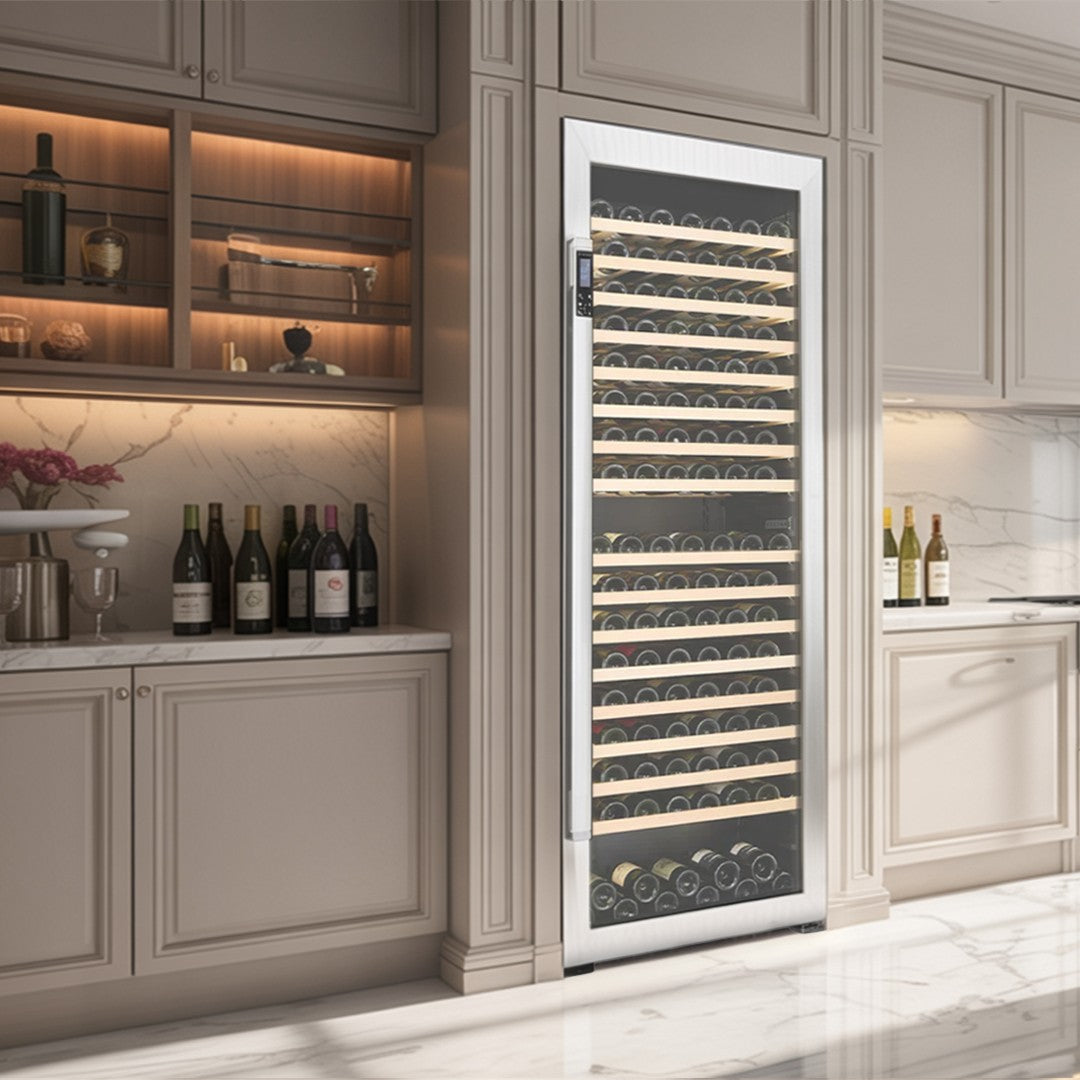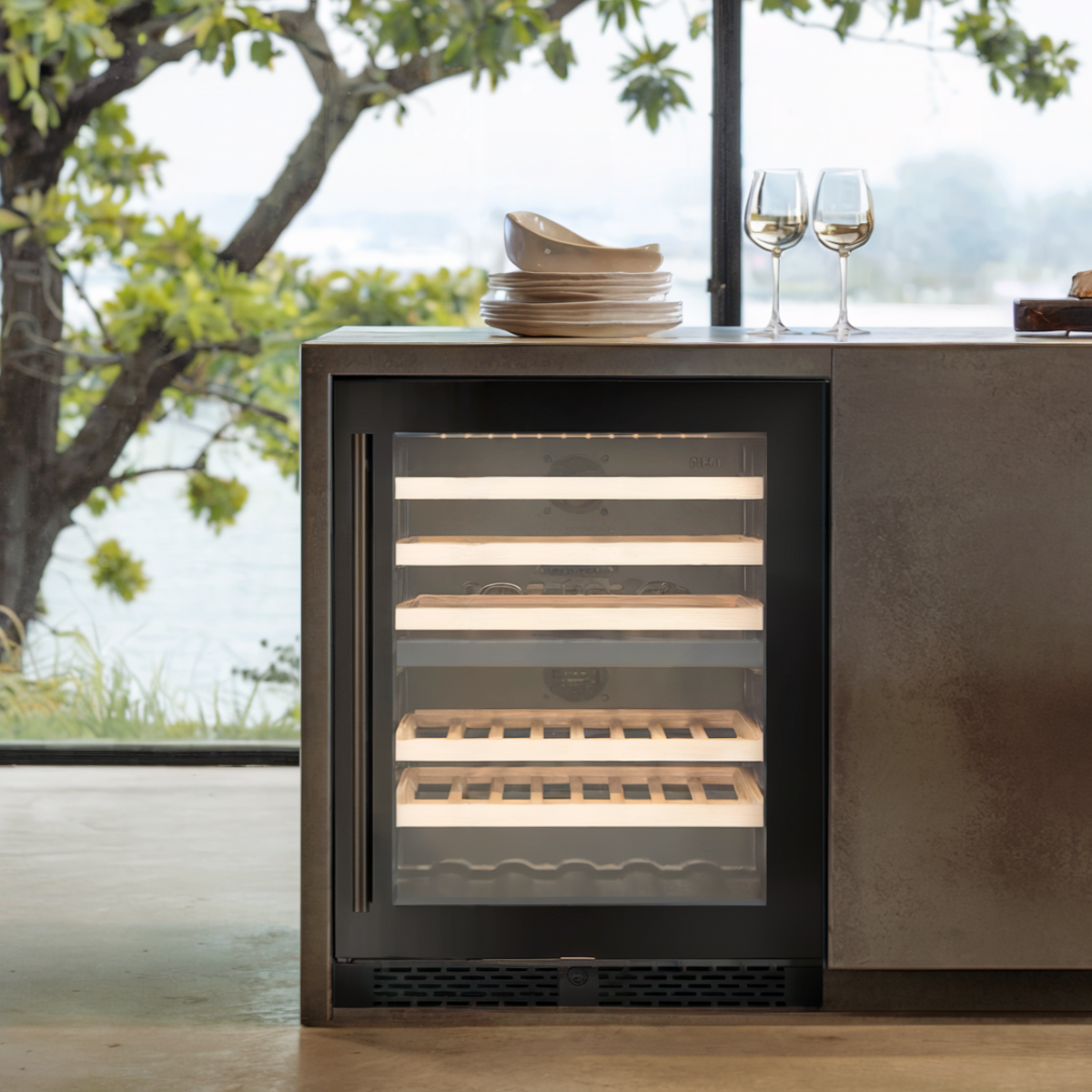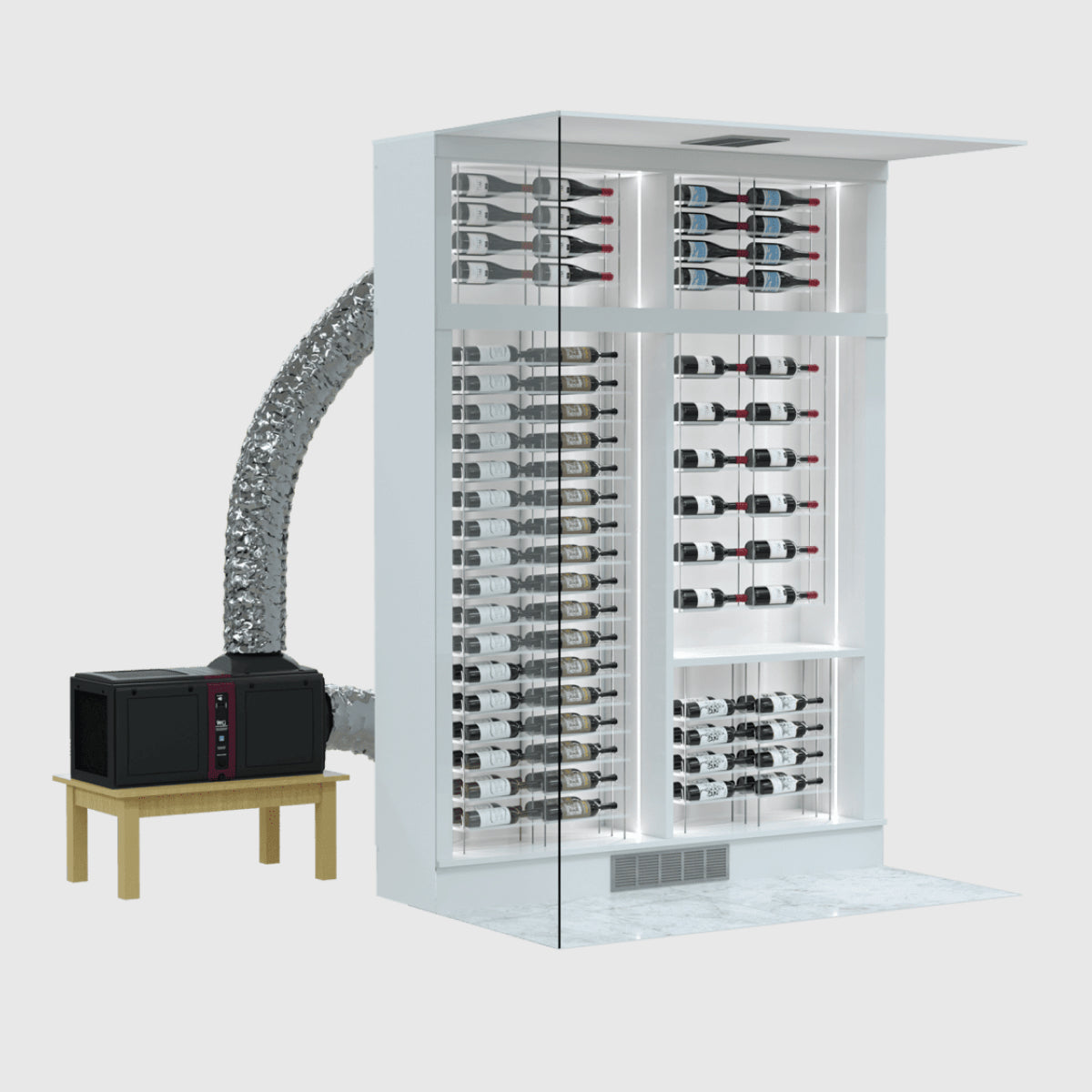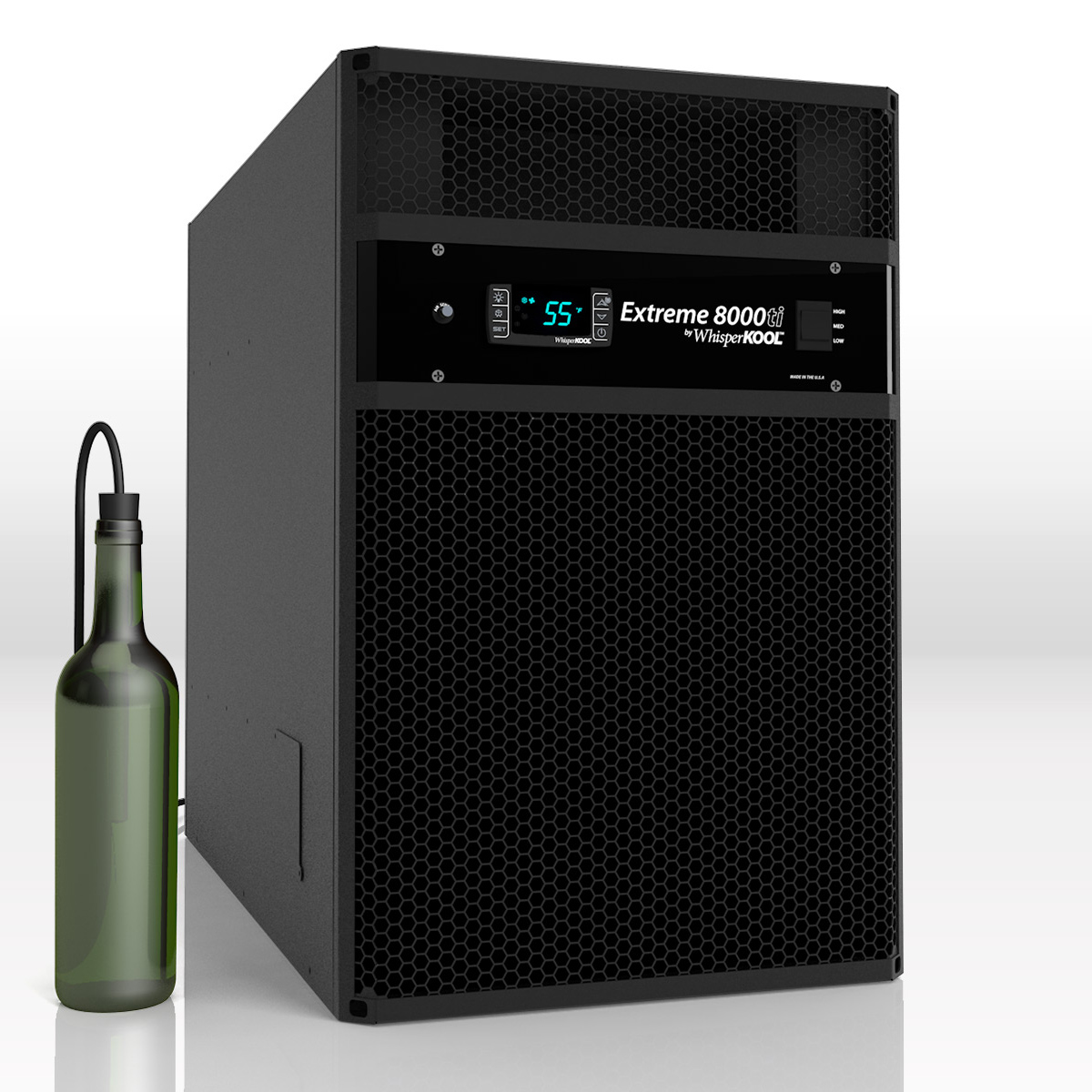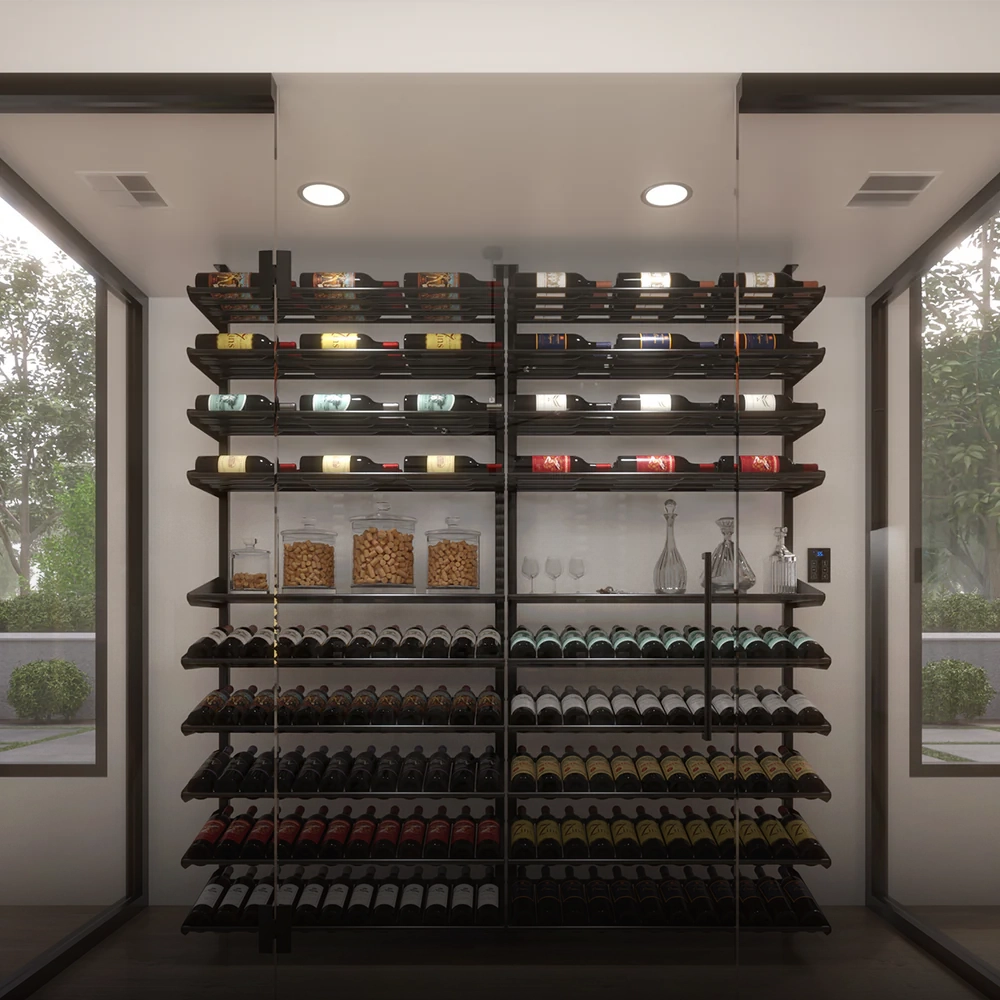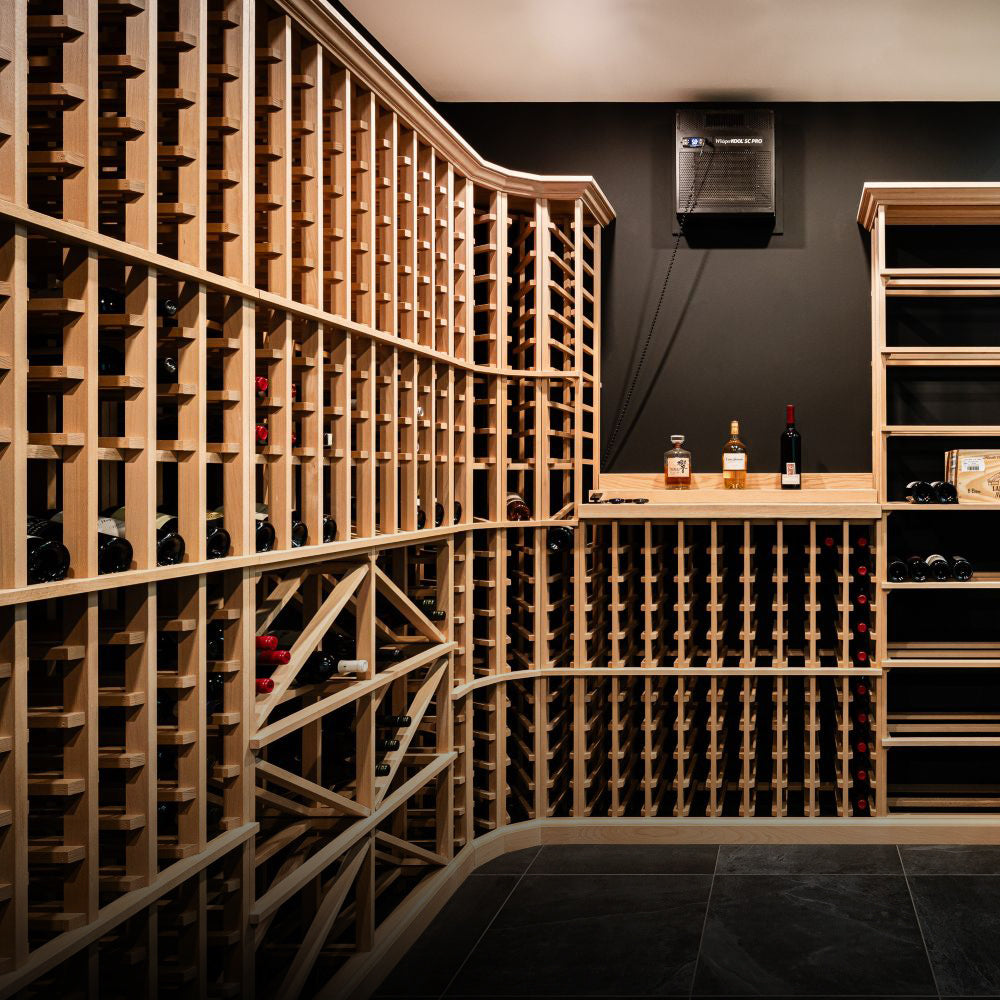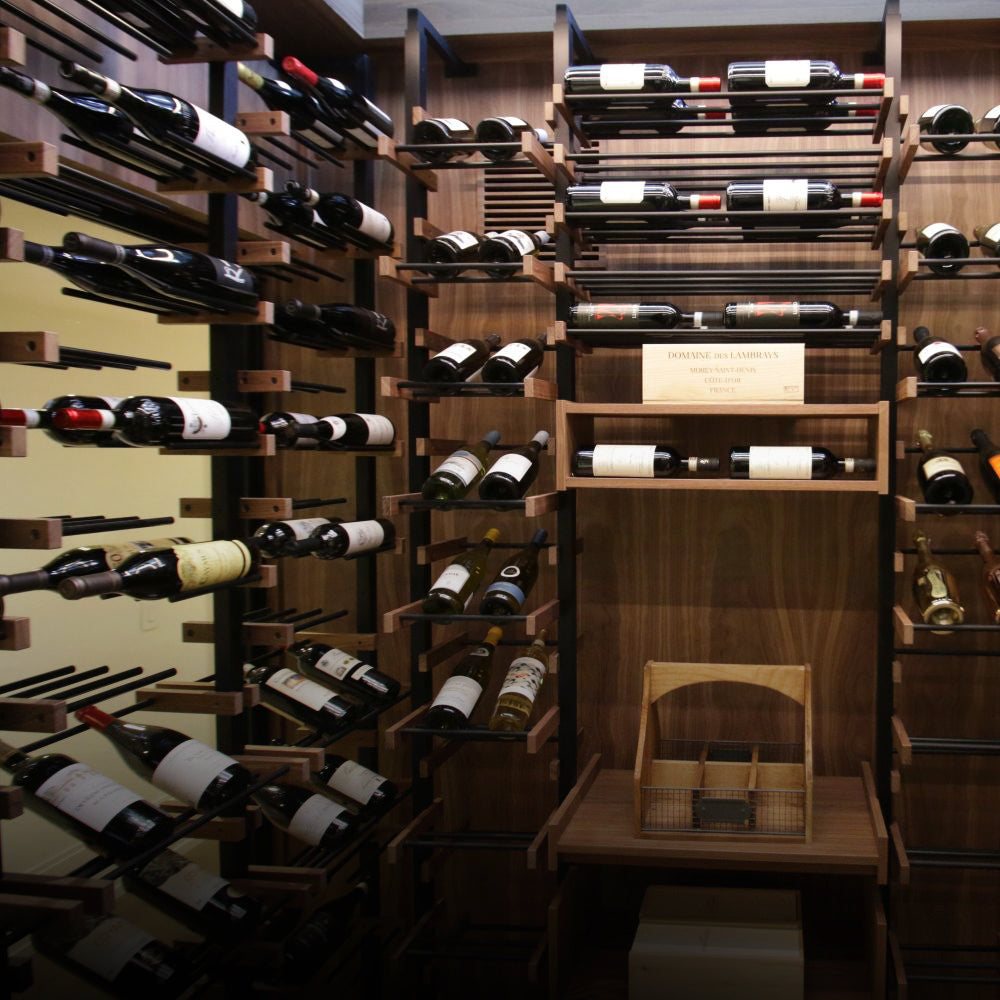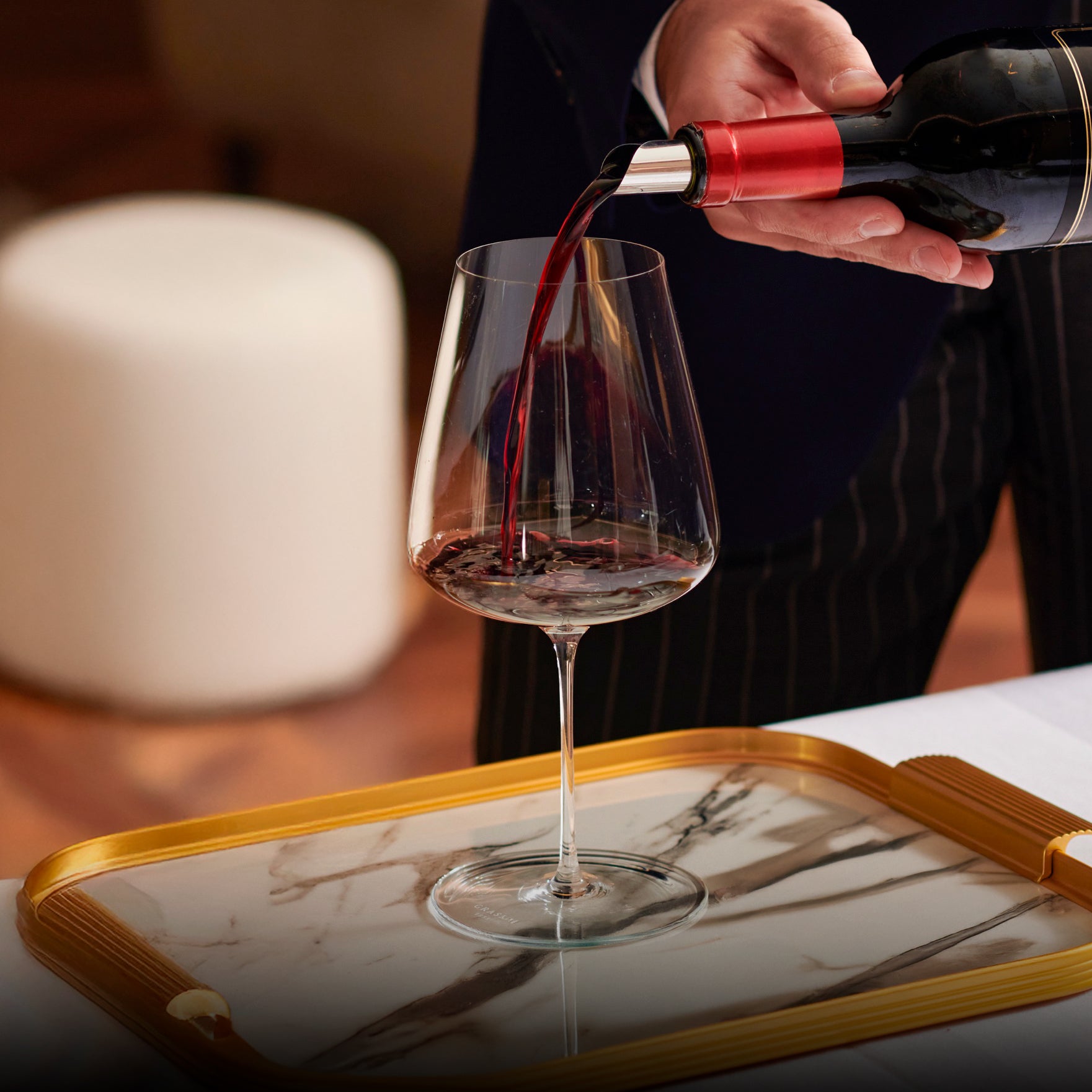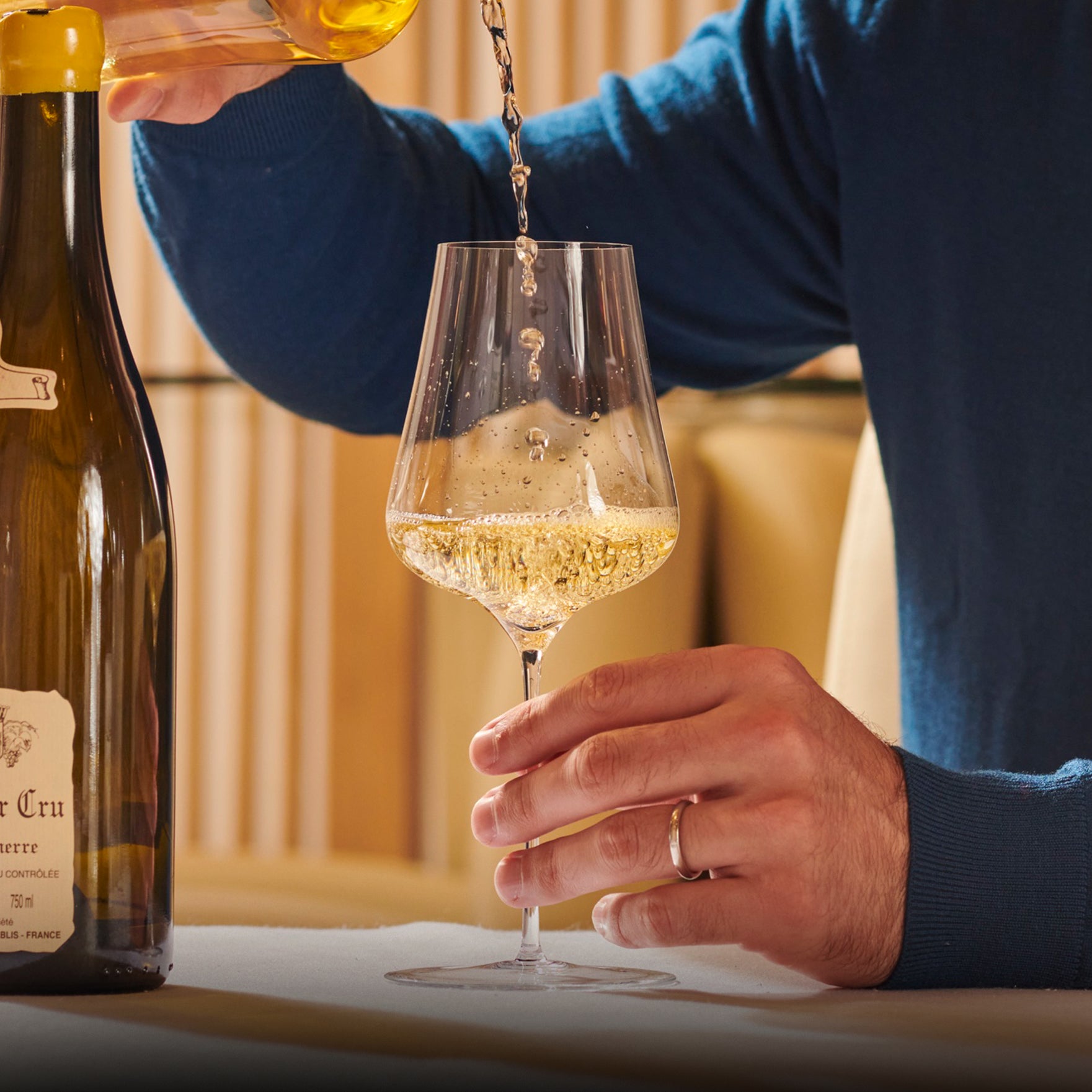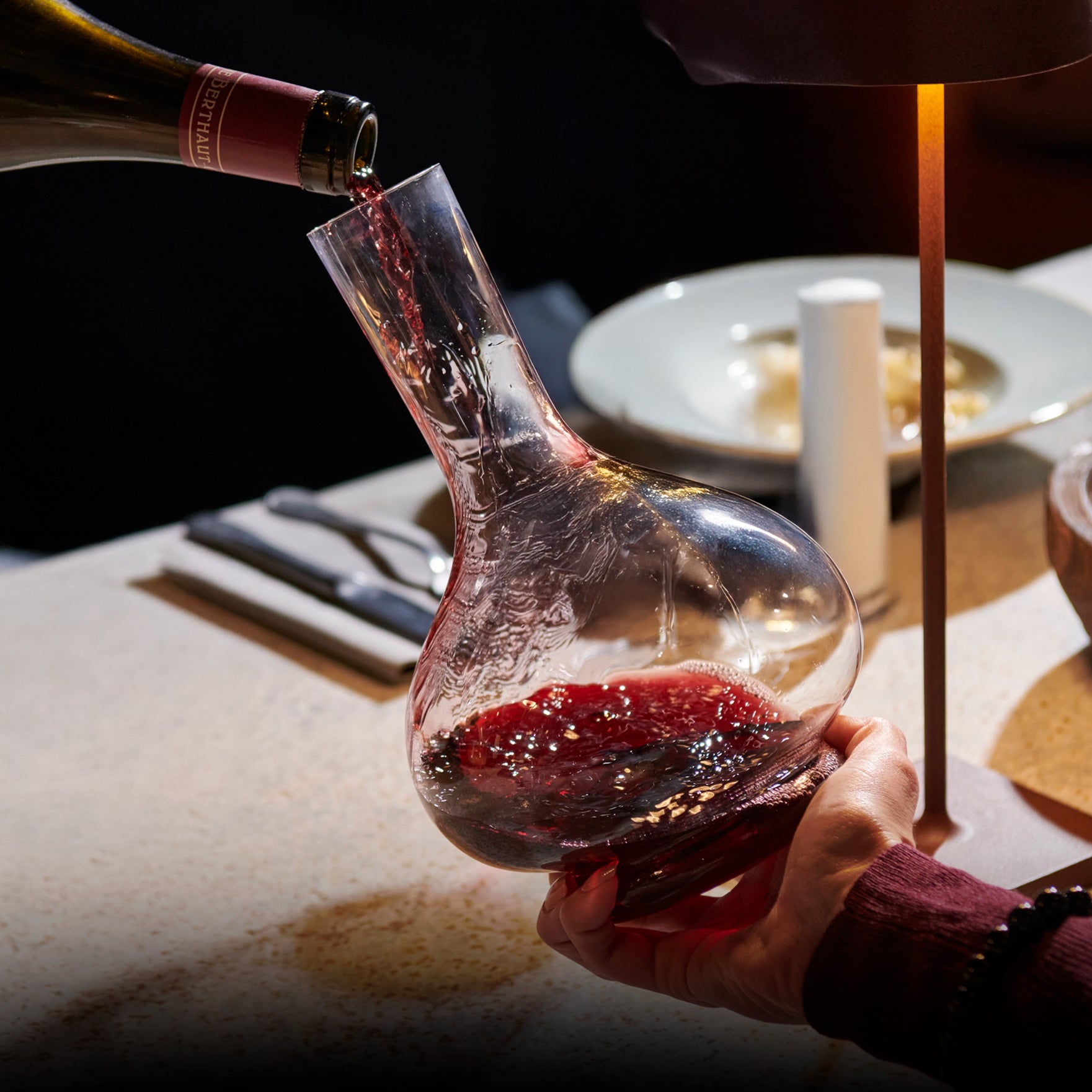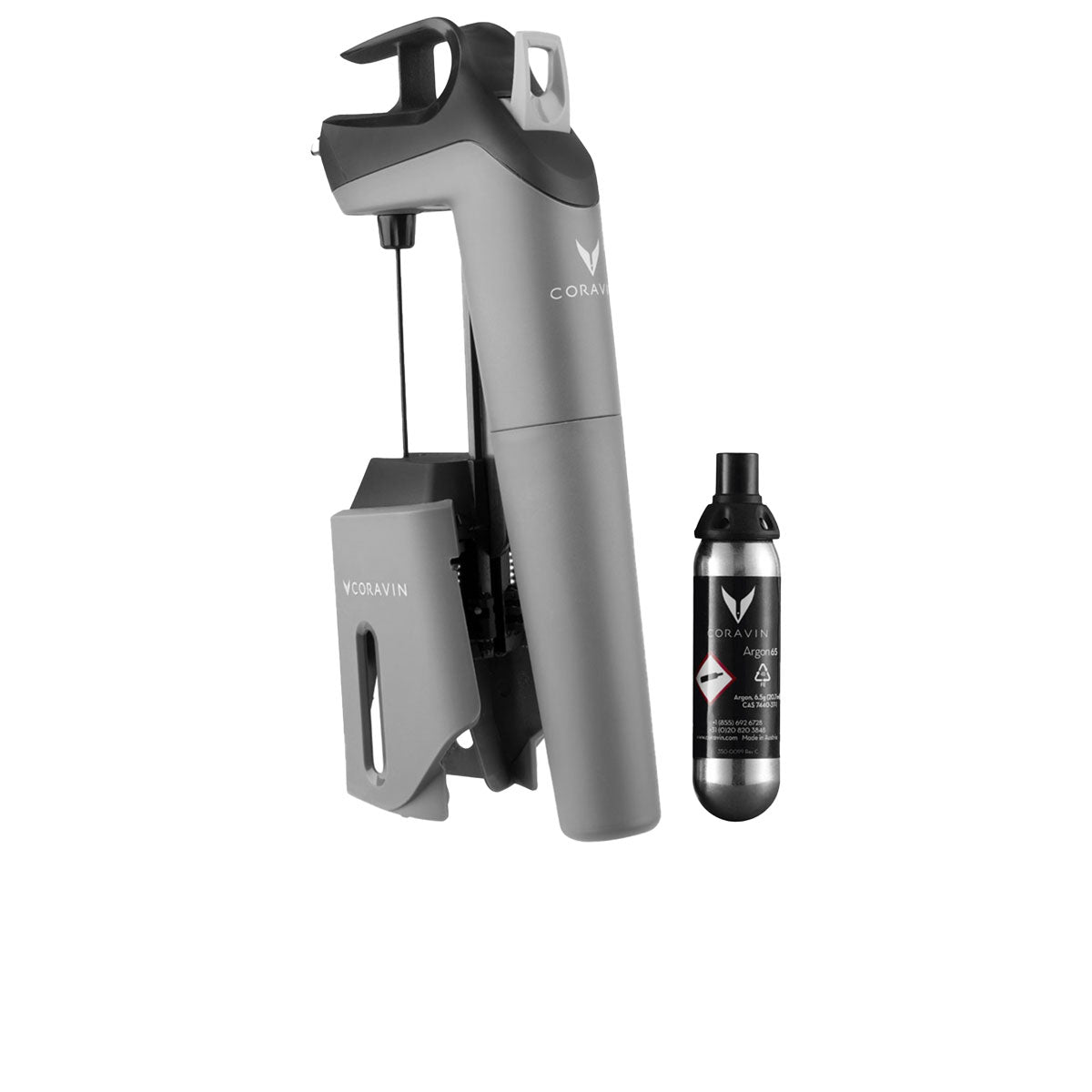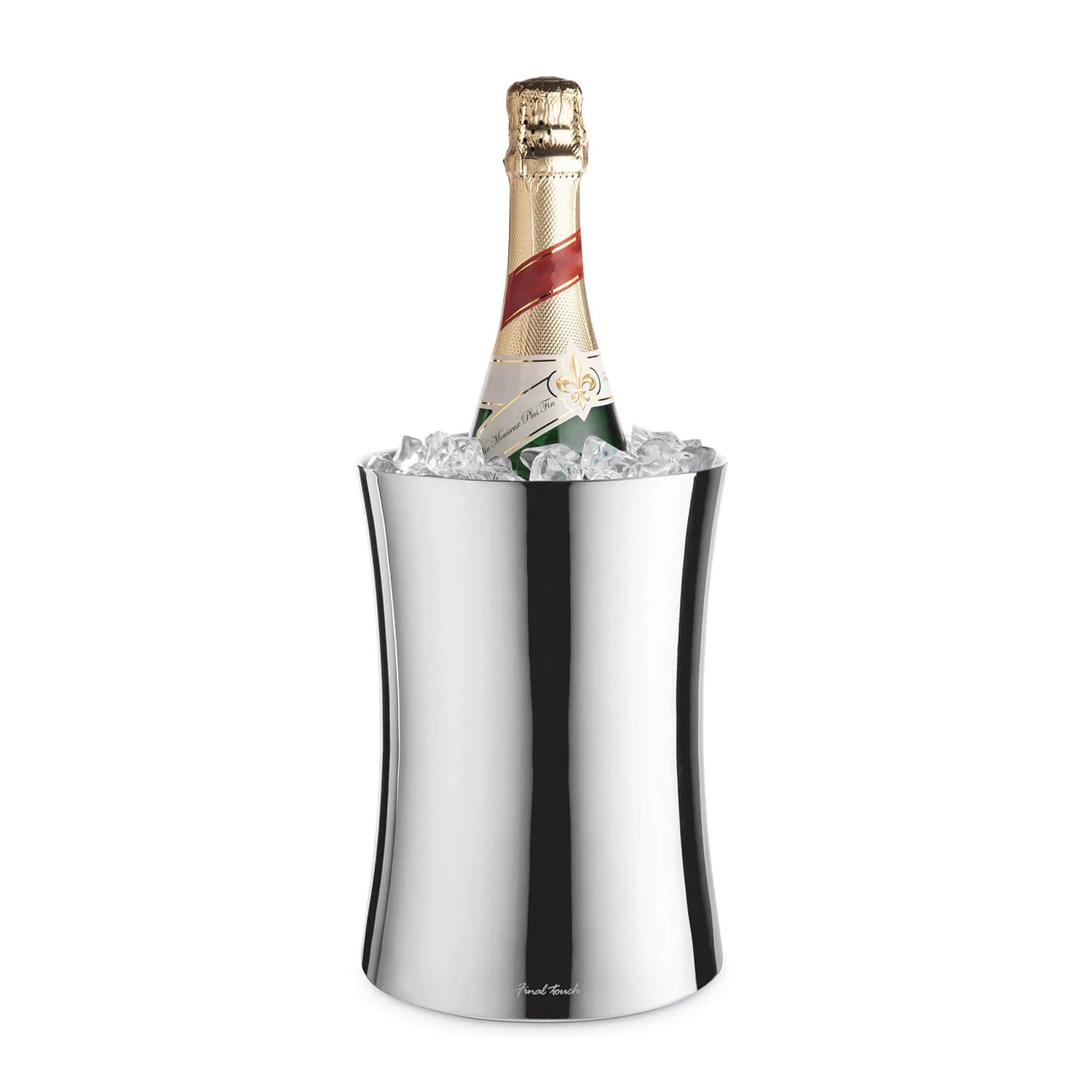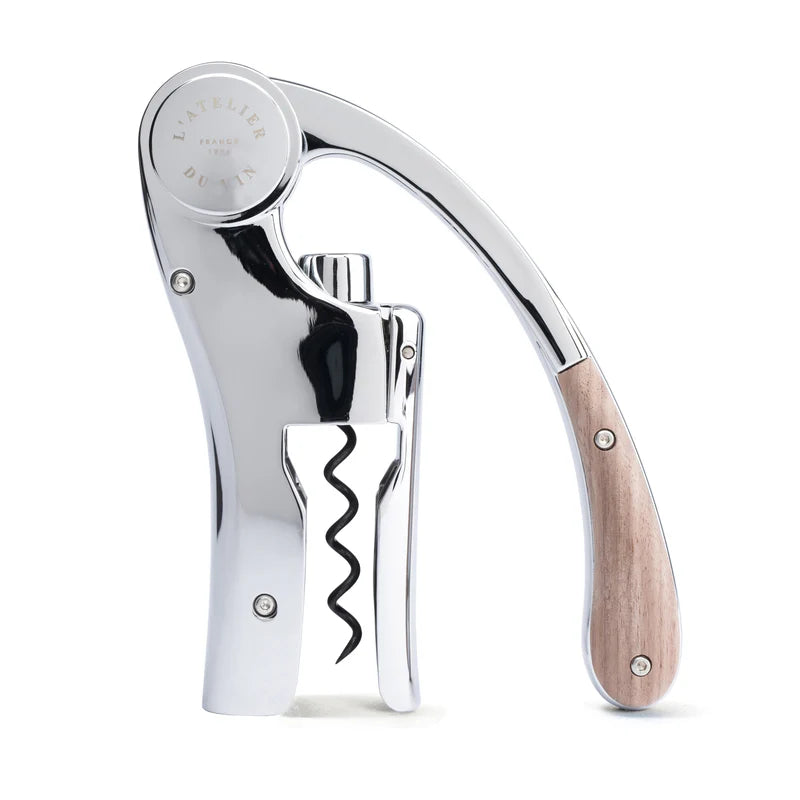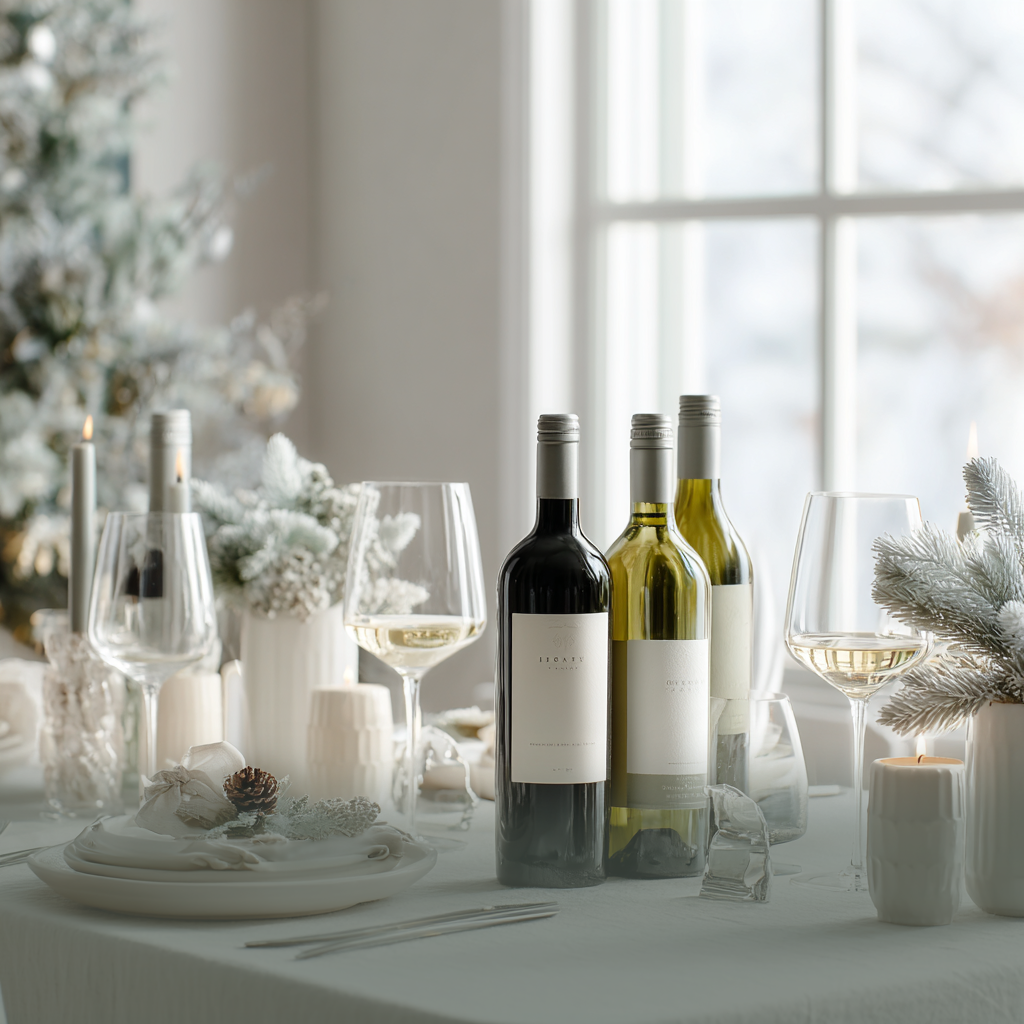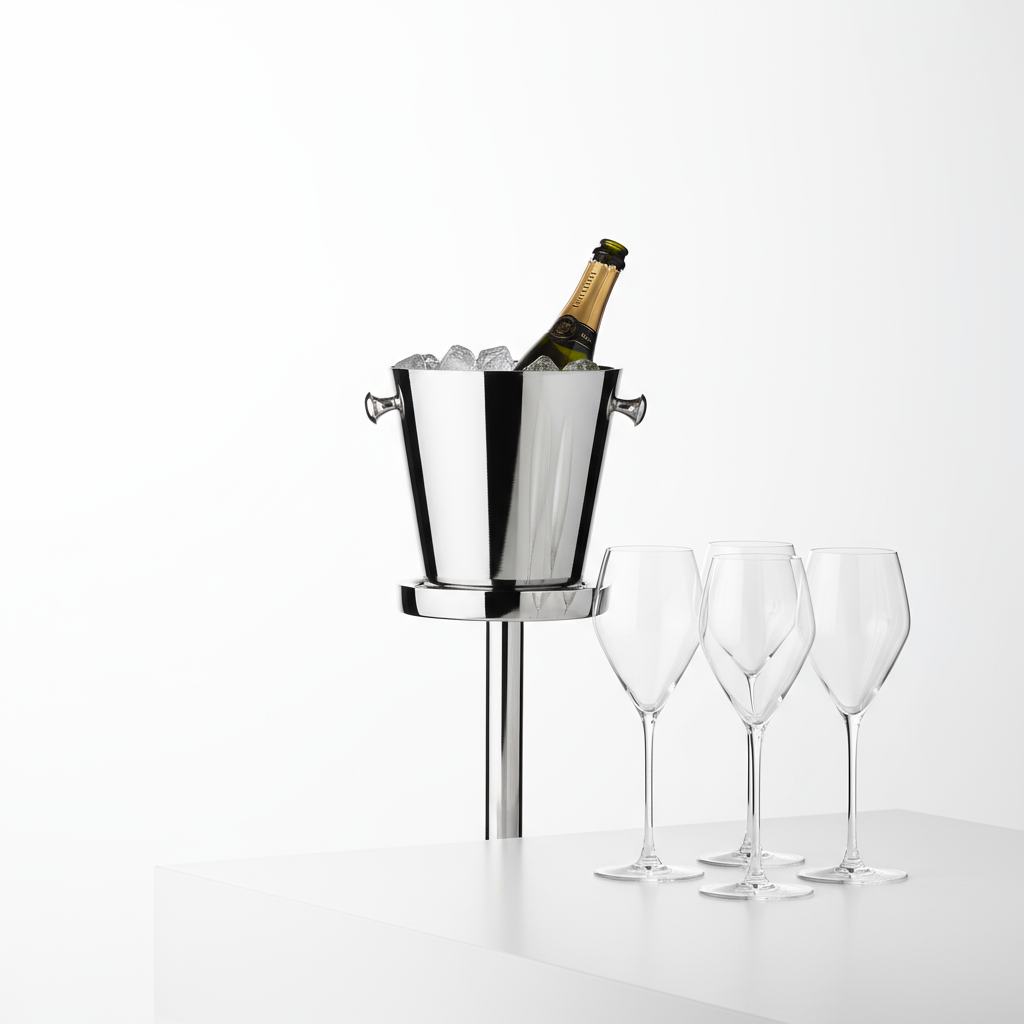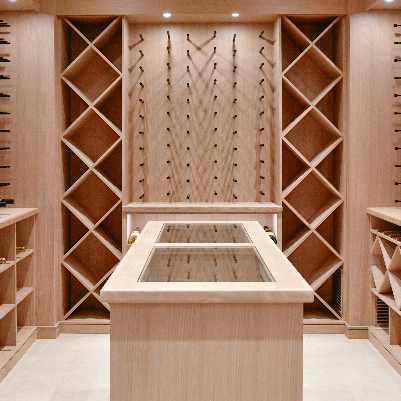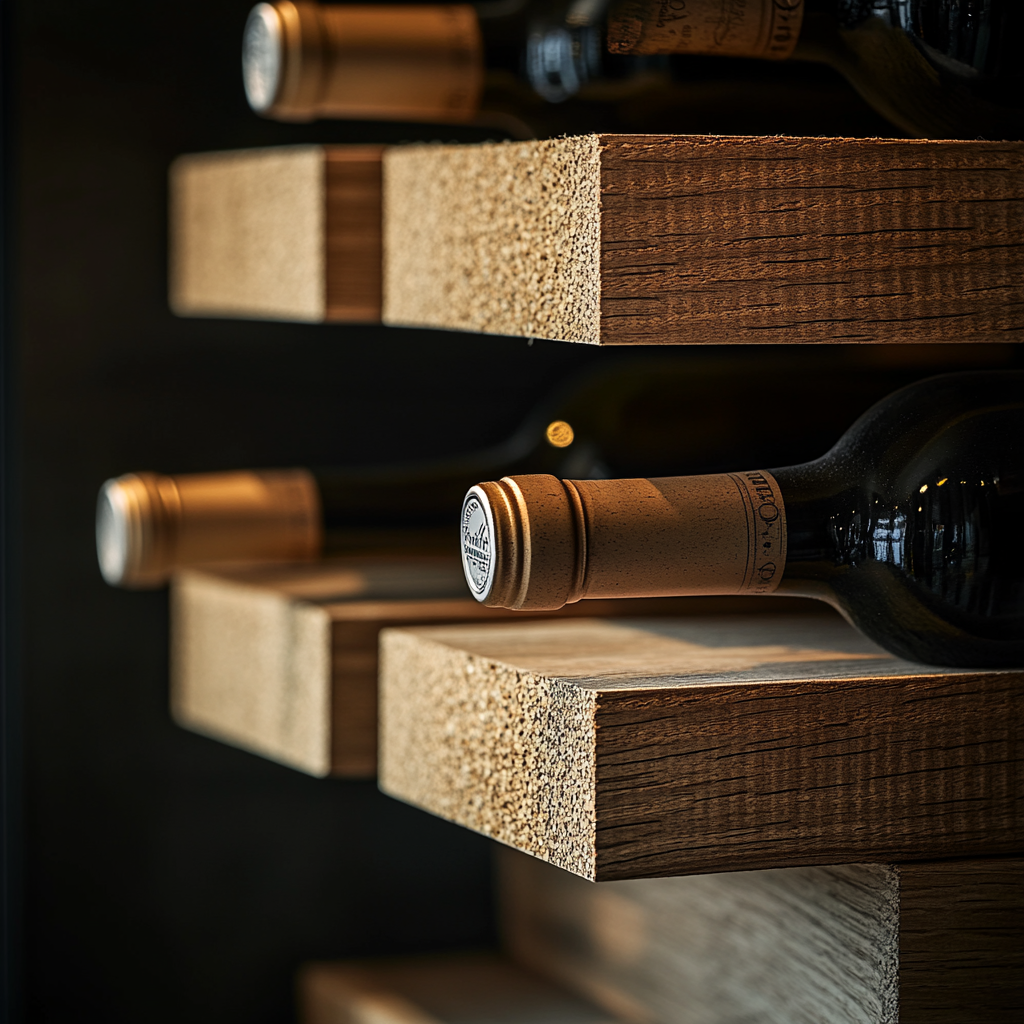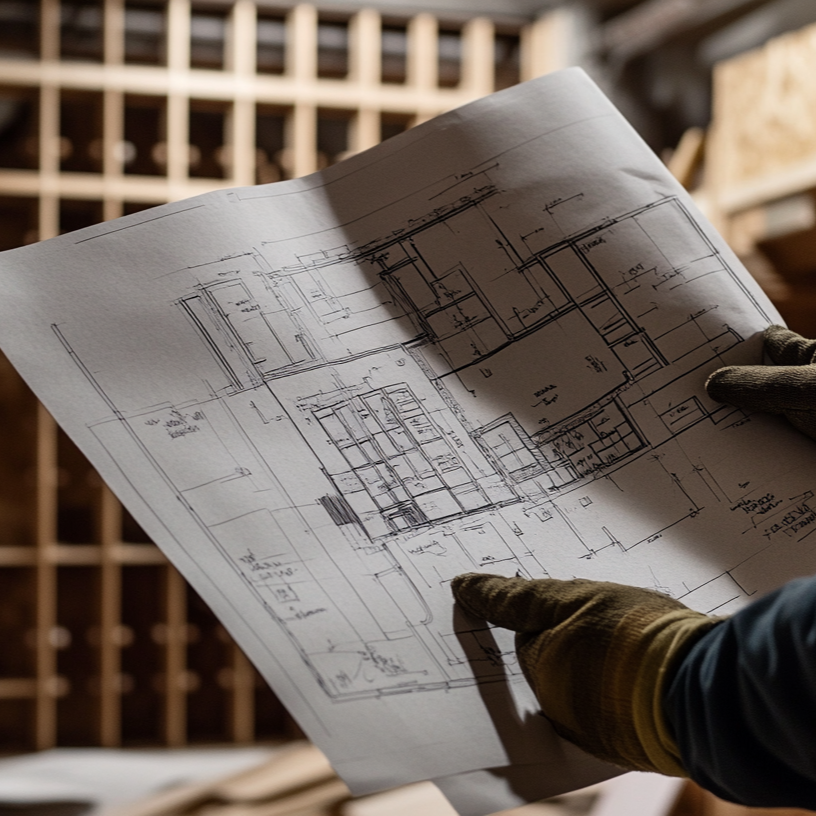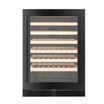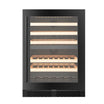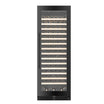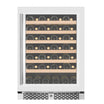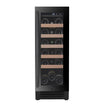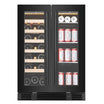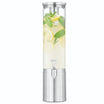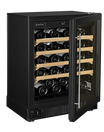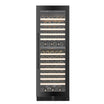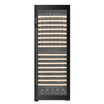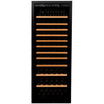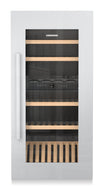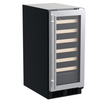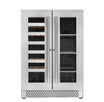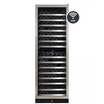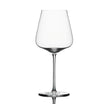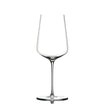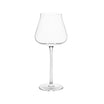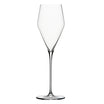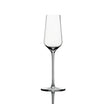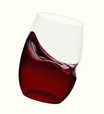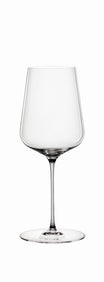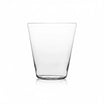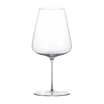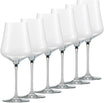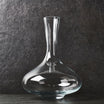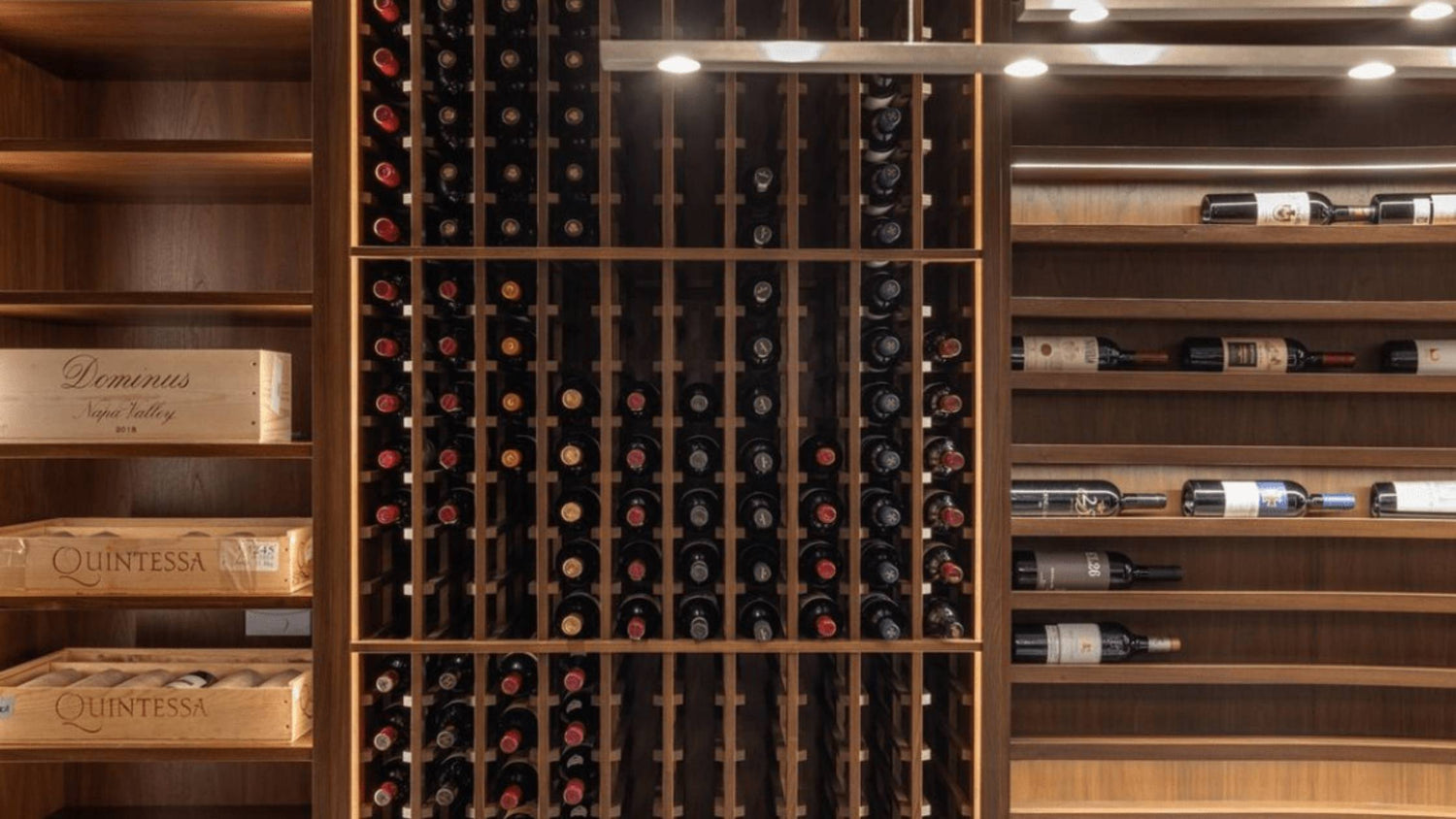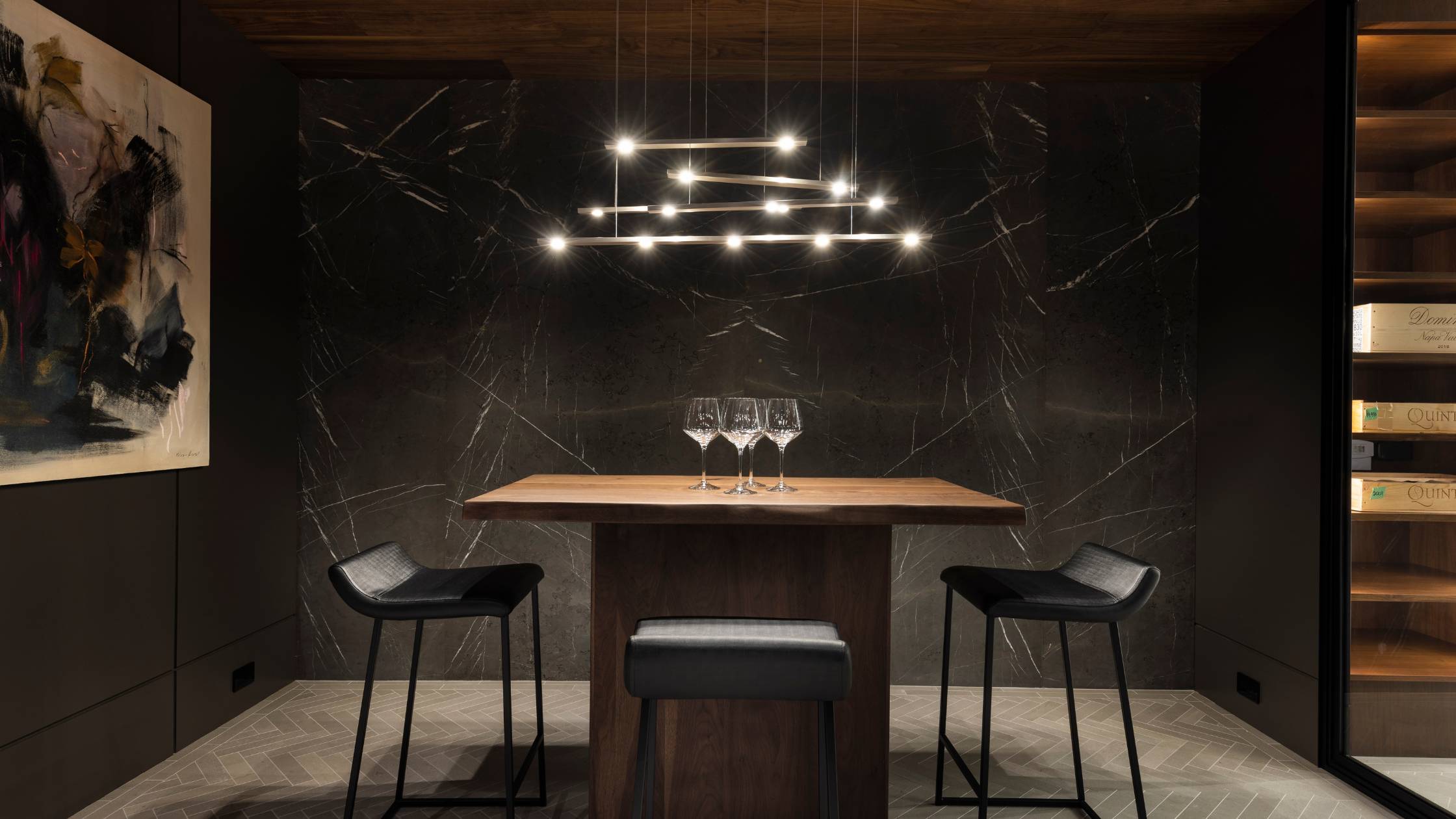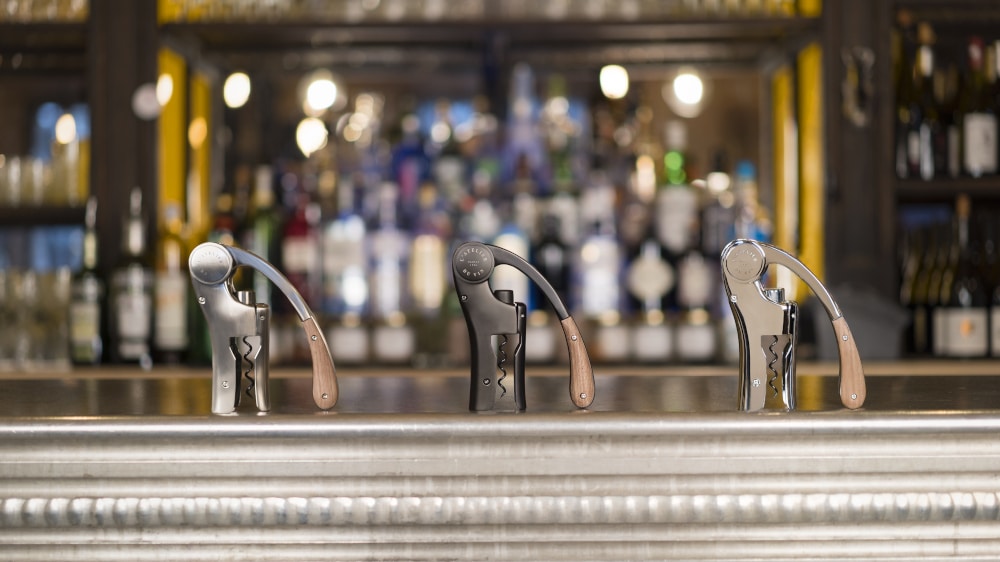In part two of this series, I offered suggestions on how to formulate a buying strategy. Now, let's move on to the final part of this series: wine cellar management.
Needless to say, keeping an up-to-date cellar inventory is critical in order to manage your collection. You really can’t do without one (at least, you won’t do very well). This becomes even more necessary if you store wine in multiple locations (home, cottage, yacht, chalet, off-site warehouse, etc.).
Especially useful are apps that allow you to create multiple cellar locations and input “drinking window” dates (almost all do), allowing you to search your collection for all the wines in their prime, or alert you to those nearing the end of their expected lifespan. A function that tells you exactly where a particular bottle is in a large cellar will also save you time and frustration hunting around for it, disturbing many bottles along the way. Large collections invariably get messy as bottles are taken out and new ones added, and it’s inadvisable to keep shuffling wines around to keep like with like, unnecessarily disturbing bottles and risking breaking some on the way. More handling equals more danger.
Another all-too-common misstep is failing to keep the cellar inventory up to date and accurate — as they say, the road to hell…. It’s all too easy to grab a bottle in the middle of dinner and forget to deplete it from your inventory the next day. All systems are only as good as their users. Fortunately, there are systems available that can do the work for you quasi automatically, such as bar codes or RFID tags and a scanner right in the cellar door.
All you need to do is swipe the bottle as you remove it from the cellar, or swipe it in. The downside is that there’s additional work to print and affix the barcodes/RFID tags to the bottles when purchased (some wines will have usable barcodes already). But considering the amount you’re investing, and the money at stake, it’s worth it. And despite your best efforts, count on doing (or hiring someone to do) a reconciliation of your inventory from time to time.
Maximize your wine collection value. Discover more.
A Note on the Prime Drinking Window
You already know that establishing a “prime drinking” window is not a precise science. Much depends on how mature you enjoy your wines. I, for example, prefer to drink most wines in the earlier part of their drinking windows, while there’s still some fruit left. It also depends on storage conditions, and unknowable factors like closure failure (i.e., variability in corks).
And how do you know which wines are meant for mid- or long-term cellaring? This requires a bit of research, which happily is at the tip of your fingers. Most good wine critics include advice on when to drink in their reviews, hopefully based on experience with an estate’s wines. Follow a critic with an established record for a prominent publication, someone who’s likely to have this experience. Remember, everyone has an opinion, far fewer have genuine expertise.
Finding reputable, trustworthy and knowledgeable merchants is ultimately your best move. And in the unlikely event that no intel is available, price is at least a start. Wines intended for long-term aging invariably cost much more than the mean; in Canadian dollar terms, that translates to at least $50 to $60 and up, more likely $100+, and even more for “investment-grade” wines. The vast majority of less expensive wines are intended for current consumption or short-term cellaring. Remember: Any wine can “age,” but only a handful will actually improve. In a proper cellar, wines designed for current consumption might last four or five years, but that’s pushing it, and they’ll almost certainly be less interesting than they were on release.
Tastes Change
Bear in mind that your tastes will almost certainly change over time. Collectors who go heavily into one area, say, big Napa Valley cabernets or Amarone, may find that after several years they’ve developed a preference for lighter style reds — and reach less and less frequently for those big guns. This is normal.
Every drinker goes through an evolutionary curve of changing preferences. I frequently see collectors shift from big reds (deemed more “serious” by most people starting out) to lighter, lower alcohol, more subtle wines. The good news is that those big reds can be liquidated, and the money re-invested in current areas of preference.
Or, you can take a healthy tax receipt from a charity auction (almost always higher than the returns realized at a commercial auction). How much you get back hinges in large part on where you acquired the wines initially, and how the bottles were stored. Wines with good provenance sell for considerably more than those of unknown provenance. Wine is perishable.
Security
Given the amount you are likely to invest in your wine collection, securing it is essential. As mentioned in part one of this series, as average wine investor can expect their collection to grow to be worth more than $150,000, or more than $800,000 CAD if you join the top third of collectors. There’s no sense having an optimized aging environment if your wine is susceptible to loss or damage due to fire, theft, or equipment failure. Over time, much of it will become irreplaceable.
Professional storage facilities come with robust security and safety measures. But, if you intend to store your collection at home, here are some things to consider.
The greatest risks to home wine collections are probably fire and equipment failure. Unlike professional storage facilities, private residences are not usually equipped with sprinkler or fire suppression systems. If there is a fire near the cellar, damage is almost inevitable and total loss a possibility. I have a colleague who lost a lifetime’s worth of collecting wine to a house fire — it was tragic for her to sift through the remains and taste bottle after bottle of heat or smoke-damaged wine. While your insurance may cover all or part of the value, irreplaceable old vintages are, well, irreplaceable. If your collection is valuable enough, some form of fire suppression system, at least in the environs of the wine cellar, should be considered. It might also bring down your insurance costs.
More common in residential wine collections is loss or damage due to equipment failure. Despite investing vast sums of money into a home storage systems — even a relatively modest cellar will run upwards of $40k or $50k CAD — few go the last step to install redundancy into the system. If the cooling unit fails, or the power goes out, the temperature will begin to fluctuate within minutes or hours at best, and damage follows closely behind that.
"We factor in the value of the cellar and advise our clients when to install backup power to maintain wine cellar cooling systems. We also recommend remotely monitoring cooling system temperatures to ensure wine collectors immediately know if problems arise."
Mike Domazet, CEO/Owner, Rosehill Wine Cellars
Control temperature and airflow while building a wine collection. Discover more.
And without some kind of remote temperature/humidity monitoring system that sounds the alarm if the cellar environment goes sideways — common on many cellar management apps these days — failed compressors can go unnoticed for days or weeks. Imagine if it were to occur while you’re away on holiday, only to return to cooked or frozen wines. I know a collector who’s failed cooling system went undetected for at least a month, and a large part of his collection was ruined (I was called in as an expert witness in his claim to the insurer). Having a backup power generator will put your mind at ease.
As for other acts of God like tornadoes, hurricanes and earthquakes, your only real protection is proper construction in the first place — and a tight insurance policy. In the case of floods, while water won’t necessarily damage the wine itself (unless the water happens to be hot), it could cause breakage, and the water will strip off labels.
Not only does this make resale virtually impossible, but you might also find yourself doing a lot of blind tasting — drinking wines whose identity and origins you can only guess at, as a friend of mine discovered when he ran out of room in his cellar and started storing bottles in his swimming pool during a hot summer.
Finally, wine collectors routinely rely on home security systems that are likely ineffective against professional thieves (restaurants, too, often overlook proper security for their wine collections — read about a meticulously planned fine wine heist from a Michelin-starred Spanish restaurant). Fortunately, most thieves won’t be interested in lugging heavy, breakable bottles of wine out of a house, nor know which bottles are worth taking in the first place. Thievery is more likely to occur from inside jobs: relatives, friends, children, or spouses drinking precious bottles before their time. A lockable door and proper cellar organization — so it’s clear which wines shouldn’t be touched — will go a long way to protecting your most valuable assets.
Now that you know how much and which wines to buy, how much cellar space you’ll need, and how to manage and protect your collection, it’s time to get started!
 Master Sommelier John Szabo is a partner and principal critic for WineAlign.com, Canada’s largest wine publication, and buyer for the WineAlign Exchange wine club. He's built a career in the hospitality industry, specializing in serving and sommellerie. He also imports, teaches, writes, photographs, speaks, emcees, consults, and judges wine internationally. John is also co-host of the newly launched podcast Wine Thieves with WineAlign partner Sara d’Amato, and he's achieved critical acclaim with his latest book Volcanic Wines: Salt, Grit and Power.
Master Sommelier John Szabo is a partner and principal critic for WineAlign.com, Canada’s largest wine publication, and buyer for the WineAlign Exchange wine club. He's built a career in the hospitality industry, specializing in serving and sommellerie. He also imports, teaches, writes, photographs, speaks, emcees, consults, and judges wine internationally. John is also co-host of the newly launched podcast Wine Thieves with WineAlign partner Sara d’Amato, and he's achieved critical acclaim with his latest book Volcanic Wines: Salt, Grit and Power.
